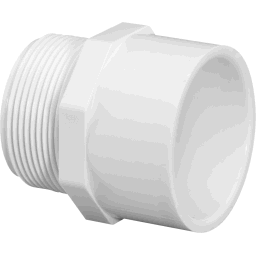BrklynArch
New member
I can only answer #3. You have to glue any fitting that is above the water during normal operation.
What I did with my set up was to use slip bulkheads on the inside of the overflow and glue the elbows and their related pieces together. I then only need to slide the "glued" elbows from the slip bulkhead if I need to.
ok so it sounds like everything gets glued except for the 90 street elbows inside the tank....
still not sure of what the pieces are that connect the tee's to the bulkhead on the outside or the piece that connects to the top of the tee's between the threaded cap....would love to pick up the rest of the stuff and get moving but im at a stand at the moment

